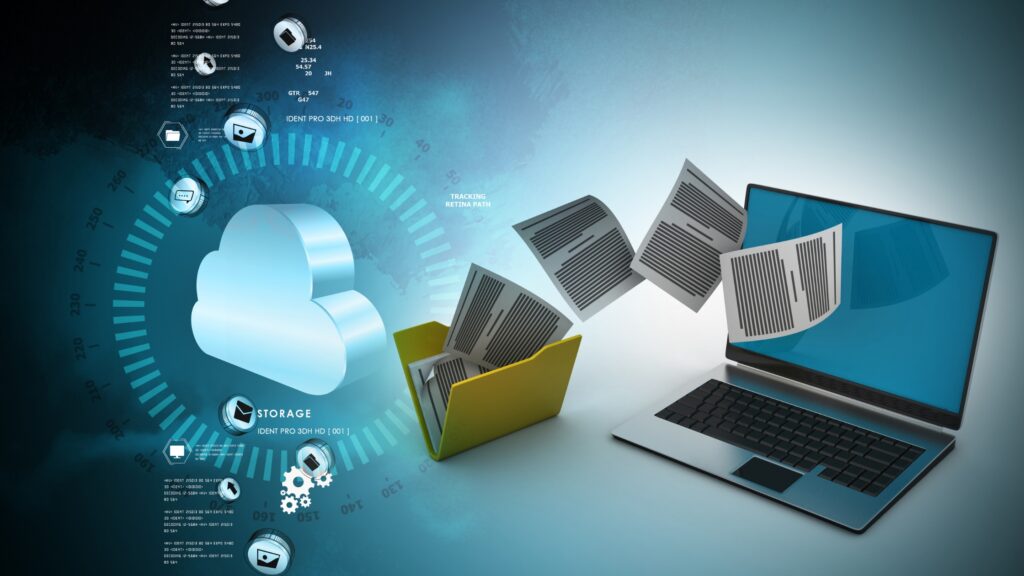Spatial Data Infrastructure: From Basics to Breakthroughs
Let’s be real: data isn’t just everywhere—it’s practically stalking us. But not all data is created equal, right? Some of it needs to be locked down, organized, given a job. That’s where spatial data infrastructure, or SDI if you wanna sound cool at parties, swoops in. It’s the behind-the-scenes hero making sure all that location-based info actually makes sense. You like getting your pizza delivered to the right place? Or dodging rush hour because your map app tipped you off? Yeah, that’s SDI at work.
What Is Spatial Data Infrastructure?
So, what actually is SDI? Imagine a digital toolbox stuffed with everything you need to collect, wrangle, and share location data. Stuff like maps, satellite pics, and even those weird little icons that show you where the nearest taco truck is hiding. When you pull up Google Maps, you’re basically high-fiving SDI without even knowing it. Governments, nerdy researchers, businesses—they’re all using this stuff, sometimes for really important things (and sometimes for less noble causes, like figuring out where to put more billboards).
Here’s what makes up an SDI, in plain English:
- The Data: Maps, satellite photos, street grids… the raw ingredients.
- Metadata: The “who, what, when, where” behind the data. Like the nutritional label, but for maps.
- Tech: Servers, software, all the geeky stuff that keeps the data alive and kicking.
- Policies: Who gets to use it, and what they’re allowed to do. No, you can’t just copy-paste everything.
- People: The brains and hands making it all happen.
Why Is SDI Important?
Why should you care? Well, for starters, it saves everyone a ton of time. Imagine if every city department had to make their own map from scratch every time—total chaos. SDI means everyone can share, work together, and get things done faster. Plus, when there are standards, you know the data isn’t total garbage. Most importantly? It actually helps save lives and money, especially when disaster strikes or when cities need to plan stuff that won’t make everyone’s commute worse.

How Governments Use SDI
Governments are all over this. The U.S. has a bunch of committees and acronyms (because of course). India’s got its own national SDI. The EU’s trying to get everyone on the same page with this INSPIRE thing. Basically, the grown-ups are in the room, trying to keep the data flowing and the lights on.
SDI in Daily Life
But here’s the kicker—SDI isn’t just some government thing. It creeps into your daily life all the time. That perfectly-timed flood alert? SDI. Your ride-share driver magically appearing on your block? SDI again. Even your fitness app, tracking your run so you can brag online—yep, SDI’s in the mix.
Moving Toward Advanced Applications
Tech keeps leveling up, so SDI just keeps getting cooler:
- Smart cities are using it to untangle traffic jams and keep trash from piling up.
- Climate nerds are tracking glaciers melting (not great news, but at least we know about it).
- Disaster response teams can swoop in faster because they know where the roads and people actually are.
- Even farmers are on board, using SDI to squeeze more food out of their fields with less waste.
Challenges Facing SDI
Still, it’s not all sunshine and rainbows. There are headaches: who owns the data, who gets to peek at it, what format it’s in (because nothing’s ever simple), and, oh yeah, who’s gonna pay for all this? Plus, you gotta train people, or else it’s just a bunch of expensive digital junk.
The Future of Spatial Data Infrastructure
Looking ahead? The future’s basically SDI on steroids. AI is crunching through mountains of geodata way faster than any human could. Cloud platforms mean you can get your hands on that data from anywhere, anytime. And thanks to the open data crowd, more and more of this info is out in the wild, free for anyone to use—or misuse, but let’s stay optimistic.
So yeah, SDI might not be flashy, but it’s the digital plumbing making modern life actually work. Next time your map app saves you five minutes, send a little mental thank-you to the unsung hero: spatial data infrastructure.

How You Can Get Involved
Seriously, It’s Easier Than You Think. Look, you don’t have to be some Silicon Valley whiz kid to mess around with SDI stuff. Tons of cities (and, weirdly, even some countries that usually can’t agree on anything) have open data portals just chilling online. You can poke around their maps, grab a bunch of datasets, or—if you’re feeling ambitious—hack together your own app. Sky’s the limit, honestly.
If you’re a student, or maybe a pro looking to level up, getting the hang of spatial data infrastructure is a total game-changer. We’re talking jobs in GIS, urban planning, data science—basically, all the cool fields that make cities less of a hot mess.
And hey, if you’re on a budget, don’t sweat it. There’s a whole internet of free tools and nerdy communities out there. QGIS, OpenStreetMap, stuff like that. You can make or edit your own maps, analyze public data—go nuts.
Conclusion
So here’s the deal: spatial data infrastructure is kinda like Wi-Fi. You don’t see it, but if it vanished tomorrow, we’d all be lost (literally). It props up everything—farmers growing food, emergency services saving lives, you finding the nearest coffee shop at 2AM.
Bottom line? As the world gets even more obsessed with data, knowing how SDI works isn’t just a nice-to-have. It’s the difference between stumbling around in the dark and actually making smart, fair choices for everyone. And trust me, it’s way cooler than it sounds.
Disclaimer
The information in this article by Zen Thoughts is intended for general knowledge and educational purposes. While every effort has been made to provide accurate and up-to-date content, readers should consult official sources or professionals before making any technical, legal, or policy decisions based on spatial data infrastructure. The author is not liable for any misuse or misinterpretation of the information provided.





